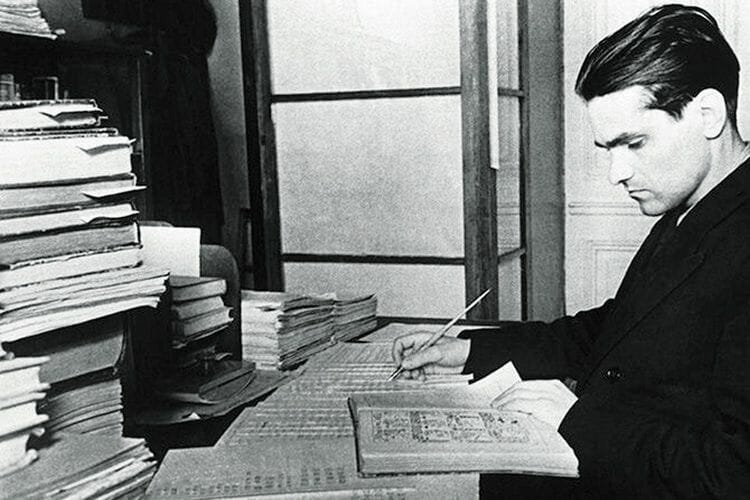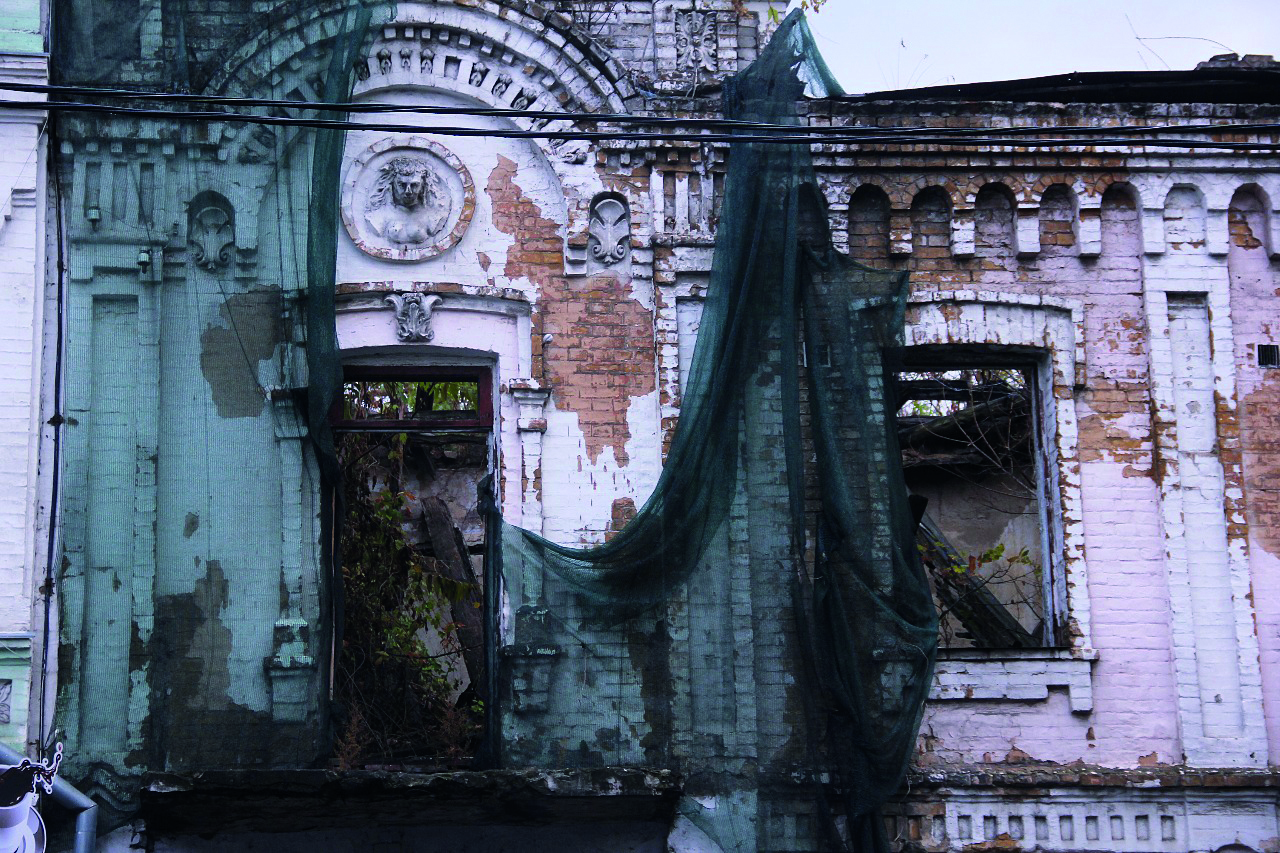The Ukrainian who Decrypted the Mayan Script

Scientists have not been able to decipher the Mayan script for centuries. In the end, the scientific world deemed this task virtually impossible. But Ukrainian Yuriy Knorozov linguist, epigrapher, and ethnographer made it possible to read the mysterious signs of the ancient Indians.
Unfortunately, the world is still convinced that Knorozov is a Russian scientist, although he was actually born in the village of Pivdenne near Kharkiv in 1922. Here he studied at the railway school №46, where the most difficult of memories in childhood were the horrors of Holodomor, which the Bolsheviks carried out with special fury.
The house where the scientist was born still stands. His childhood drawings were kept here for some time, which he, not yet knowing how to write, marked with a few signs. As it turned out, they were very similar to the Mayan hieroglyphs. When the grown Knorozov was asked about this, he joked that he had been struck by a ball on the head as a child.
Knorozov’s education began in the historical faculty of Kharkiv University, and in 1940 he went to study Egyptology at Moscow University. He became interested in ethnography because of the mysterious and little-studied shamanic practices of the northern and eastern peoples of the USSR.
During the war, he received two unique books – a reprint of a manuscript of the XVI century. Franciscan monk Diego de Landy’s Notice of Affairs in the Yucatan and the Mayan Codes published in Guatemala. In Soviet times, a beautiful myth was invented that these books were saved by a veteran scientist in devastated Berlin from a burning library. Most likely what happened is that the young scientist exchanged these books with one of the winning officers who were returning to USSR with trophies of war. Be that as it may, these publications turned the life of the scientist upside down and eventually led to a real explosion in the scientific world.
“What one mind has created can unravel another”
When in 1946, Knorozov began to decrypt the Mayan script, his supervisor Sergei Tolstov, who was, according to Knorozov, “a fierce Don Cossack”, refused to give him a recommendation for graduate school. According to the supervisor, Knorozov would just waste his time on those letters. The young scientist thought differently. “What is created by one human mind can be solved by another”, he is famously quoted. And so, Knorozov went to Leningrad, got a job as a simple worker in a museum and spent all his free time deciphering the script, which is not dissimilar to the Japanese alphabet.
While the Spanish conquering Catholics purposefully destroyed the libraries of the Maya and Aztecs because their priests believed that their literature was based on demonology and heresy, major studies began in the 16th century by the Spanish Bishop Diego de Landa. It is rumored that he burned all of the authentic Mayan texts, but a book is later found in the Royal Academy of Madrid linking him to the alphabet – his own versions of deciphering the writings are what are found there. All attempts to decipher the Mayan texts based on his work failed, and so by the 20th century scientists had all but given up. Except for one man: over the course of five years, Knorozov did not leave his office, and his work was not in vain for he was able to do what no one else could! In 1955, Knorozov defended his dissertation on the Mayan script and for his outstanding achievement he was immediately awarded a doctorate!
Poverty and Loneliness
Throughout the Soviet era, the prominent scientist, who instantly gained world fame, was allowed to leave USSR only once – in 1956 he visited Copenhagen for the International Congress of Americanists. Following this, he was no longer informed about the numerous invitations from foreign colleagues or the awards for the epoch-making discovery. Regardless, Knorozov created a powerful centre for Mayan studies in Leningrad, where scientists from all over the world could come for consultations.
Only after the collapse of the USSR did Knorozov first land on the dream land of the ancient Maya and Aztecs, and the scientist’s merits were awarded with the highest awards of Guatemala and Mexico – the Grand Gold Medal and the Order of the Aztec Eagle.
Following on from the fall of the Soviet empire, the prominent scientist would soon become poverty-stricken, and did not have the money for cigarettes. He died of pneumonia in a hospital corridor in 1999.
A monument to Yuriy Knorozov was built in 2012 in Cancun, Mexico. The Mayan script has received official support from the Mexican government and the script is taught in universities and high schools in areas where the Mayan tribes once lived.











